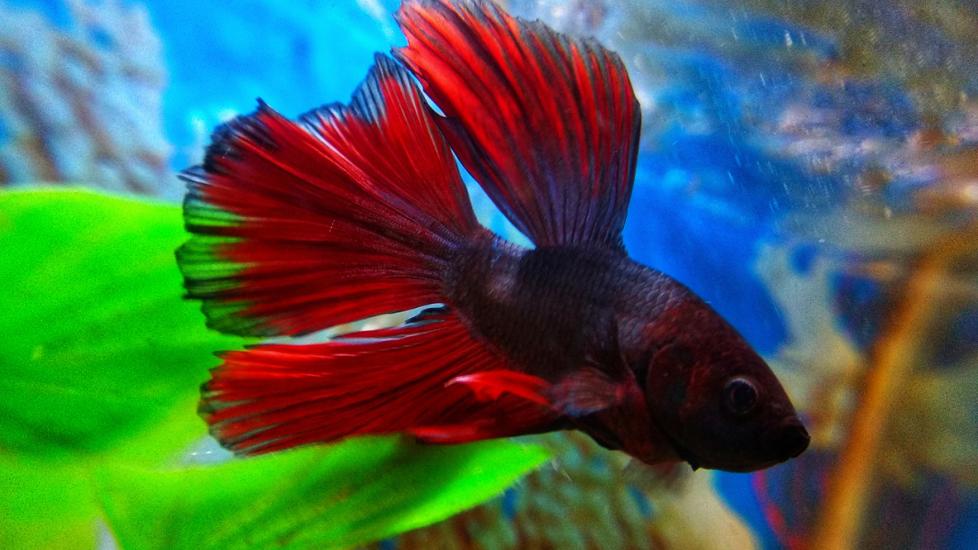How to Take Care of a Betta Fish
Betta fish (Betta splendens) are a popular small ornamental fish that has beautiful coloration, various fin shapes, and are known for their ease of care. Bettas grow to a maximum size of about 3 inches and can have elaborate fins and tails. There are over 70 different types of bettas that have been selectively bred for specific traits, including fin appearance, size, pattern, and coloration. Humans have selectively bred for these specific traits over generations.
Different colorations of bettas include:
-
Blue
-
Red
-
Turquoise
-
Yellow
-
White
-
Orange
Colors can change due to line breeding and hybridization.
Fin and tail types in bettas include:
-
Dumbo
-
Vein tail
-
Spade tail
-
Double tail
-
Round tail
-
Delta
-
Super delta
-
Halfmoon
-
Rose tail
-
Crowntail
-
Combtail
-
Halfmoon plakat
-
Plakat
Bettas are native to southeast Asia and inhabit shallow bodies of water that are lush with vegetation such as marshes, floodplains, and rice paddies. They have become one of the most popular fish to keep as pets. Today, most if not all bettas in the pet trade are captive bred. They were first introduced to the pet trade in the United States in early 20th century. Betta fish have been known to survive in captivity on average between 5-7 years of age when given the ideal environment.
Betta Fish Tank
To keep betta fish healthy and happy, it’s important to keep them in an environment that is similar to their natural habitat. Recreating a betta’s environment should be of utmost importance when keeping them in a habitat. Always consider a large enclosure when keeping a betta.
The water used for bettas should be appropriately conditioned and cycled before adding in any fish. Water quality should be performed with a water quality kit before introducing your new fish to a new aquarium.
The minimum enclosure size for a single betta is 10 gallons. 20-gallon tanks will allow you to provide lots of decorative enrichment for bettas as well as additional fish. There are many starter kits available that provide a tank, filtration, aquarium heater, and lighting to get you started with your fish tank. Each betta fish should have at least 5 gallons of space available in a tank.
To simulate a bettas natural habitat, pet parents can provide a planted tank. Decorations such as rocks and driftwood can provide great hiding places and microenvironments for your betta. It’s not recommended to keep bettas in bowls.
What to Feed a Betta Fish
A betta’s diet should consist of predominately protein. In nature, they eat small insects and larvae. Providing a balanced diet for a betta is essential for a healthy life. High protein floating fish pellets are recommended for betta fish. Occasional treats can include brine shrimp (dried or frozen), krill, shrimp, and bloodworms.
Bettas should be fed once a day to prevent overfeeding. Bettas generally may be fed 2-3 pellets per day. Overfeeding a betta can have adverse effects on the water quality within the environment, as any uneaten food builds up on the bottom of the habitat. Filtration systems can help remove some of this waste.
Betta fish are beautiful to watch and are generally easy to care for as long as they are given the space to roam and explore in their tank. Bettas can be rewarding pets for any household. Their ease of care and diverse coloration and appearance make them an entertaining fish species. This is a fantastic fish species for kids to start learning how to care for and enjoy taking care of a pet.
Featured Image: iStock.com/Shot what you like
Help us make PetMD better
Was this article helpful?
